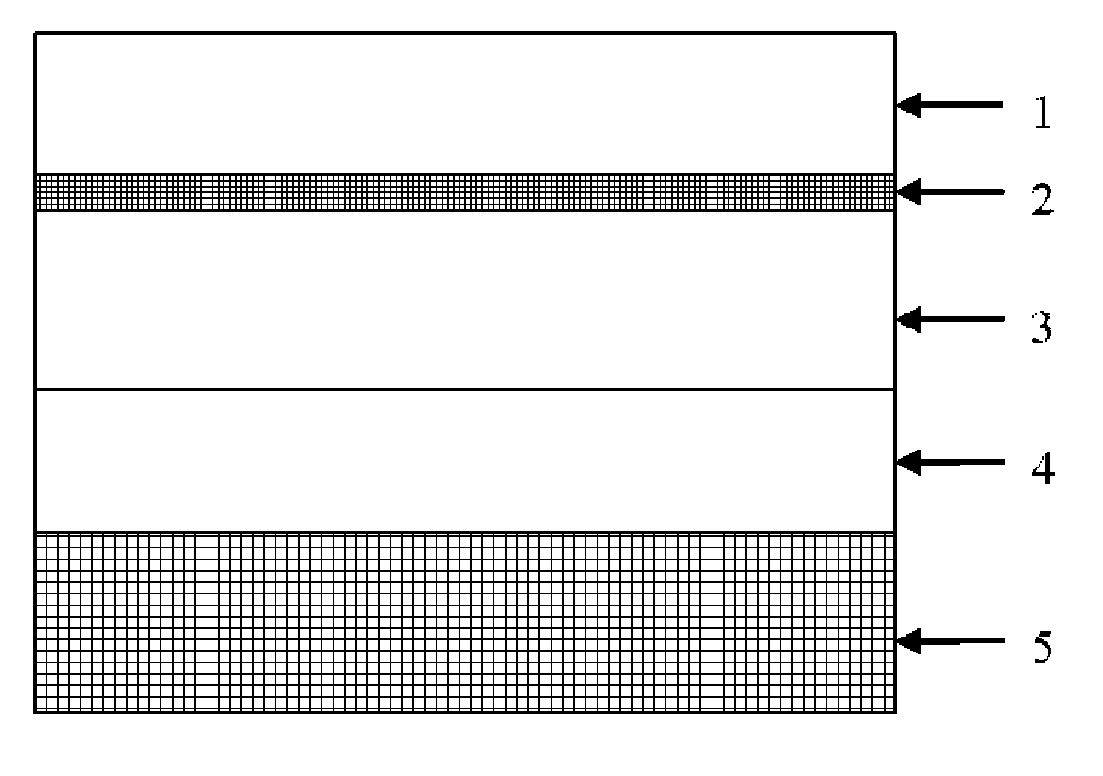Radiography flat panel detector having a low weight x-ray shield and the method of production thereof
a flat panel detector and detector technology, applied in the field of diagnostic imaging, can solve the problems of reducing the dynamic range, reducing the variety of suitable materials of the substrate, and high weight of the x-ray shield based on these materials, and achieves the effects of low hygroscopicity, low weight x-ray, and easy handling
- Summary
- Abstract
- Description
- Claims
- Application Information
AI Technical Summary
Benefits of technology
Problems solved by technology
Method used
Image
Examples
example 1
5. Example 1
5.1. Preparation of RFPDs Comprising Different X-Ray Shields
[0110]RFPDs for indirect conversion direct radiography were prepared by bringing a scintillator in contact with the X-ray shields described in §3. To assure a good optical contact between scintillating phosphor layer and the imaging array, the scintillating phosphor was directly deposited or coated on the imaging array. The scintillating phosphors used are GOS or needle-based doped CsI. The GOS comprising scintillating phosphor layer was prepared as follows: 0.5 g of dispersant (Disperse Ayd™ 9100) was dissolved in 11.21 g of a toluene and methyl-ethyl-ketone (MEK) solvent mixture, having a ratio of 75:25 (w / w) and mixed with the binder solution as prepared in §3.1. The obtained coating solution was coated on the imaging array, the same way as §3.4. with a coating weight of 115 mg / cm2. The needle-based doped CsI was prepared and deposited at a coating weight of 120 mg / cm2 on the imaging array in the same way as ...
PUM
 Login to View More
Login to View More Abstract
Description
Claims
Application Information
 Login to View More
Login to View More - R&D
- Intellectual Property
- Life Sciences
- Materials
- Tech Scout
- Unparalleled Data Quality
- Higher Quality Content
- 60% Fewer Hallucinations
Browse by: Latest US Patents, China's latest patents, Technical Efficacy Thesaurus, Application Domain, Technology Topic, Popular Technical Reports.
© 2025 PatSnap. All rights reserved.Legal|Privacy policy|Modern Slavery Act Transparency Statement|Sitemap|About US| Contact US: help@patsnap.com



